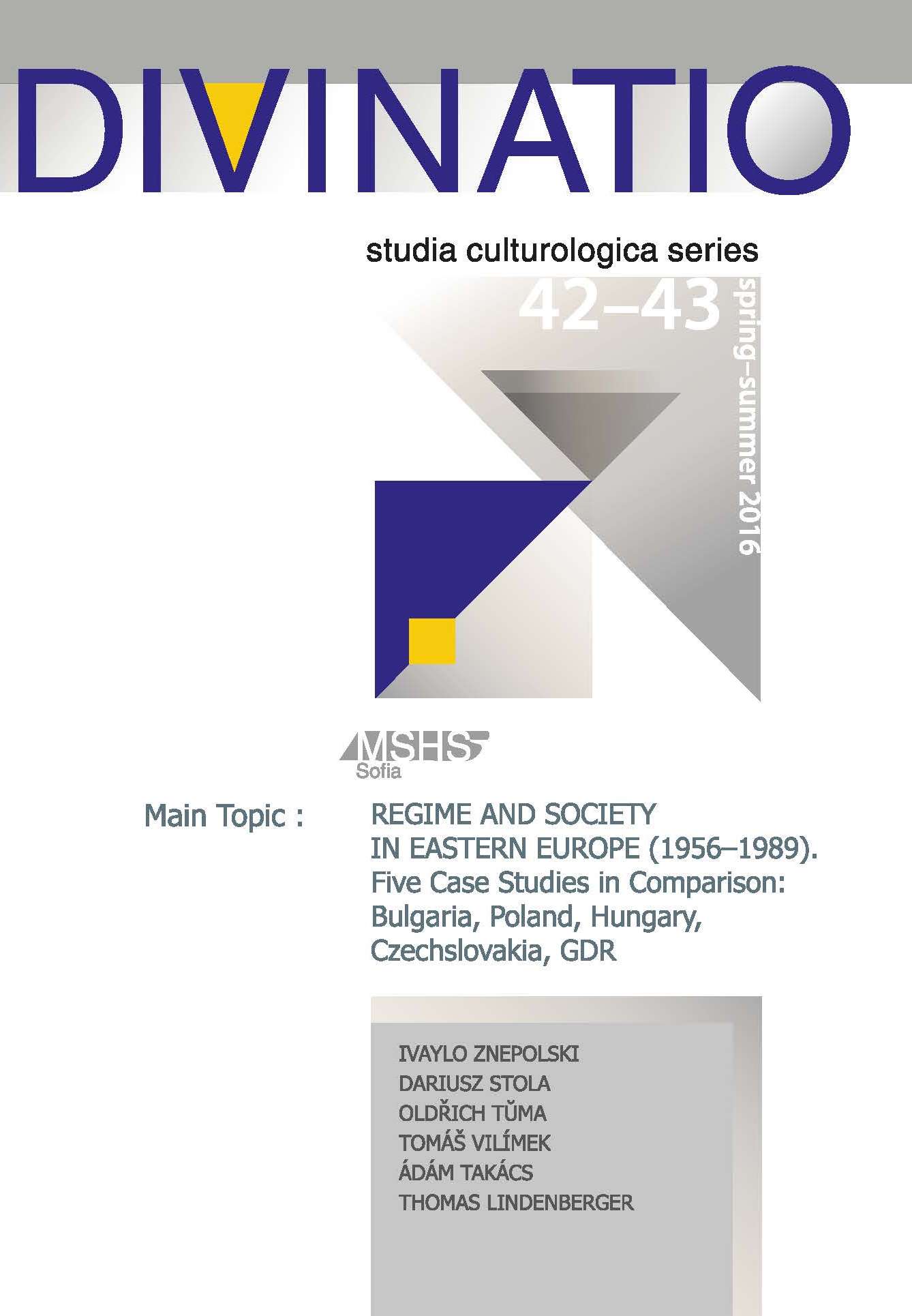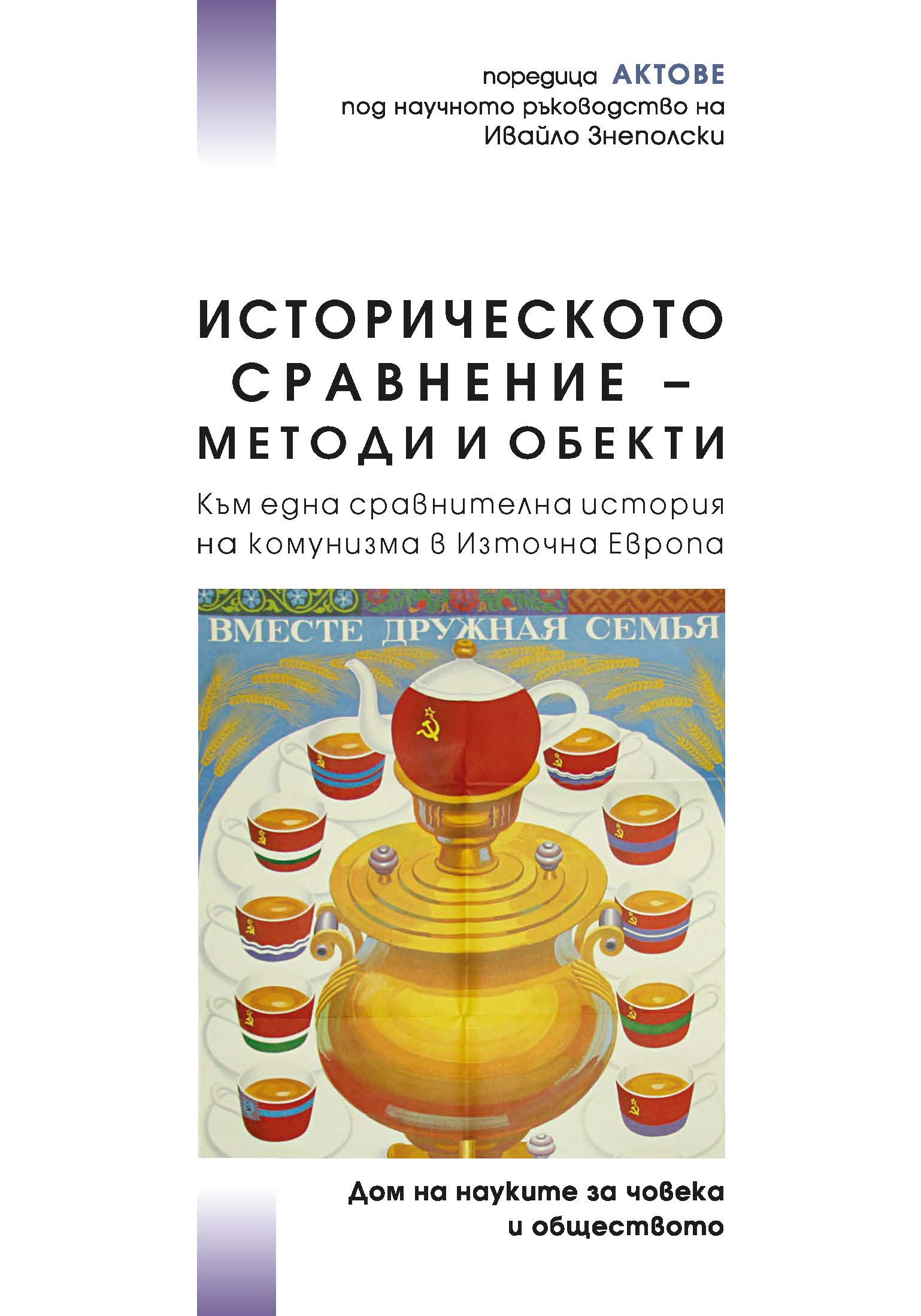
We kindly inform you that, as long as the subject affiliation of our 300.000+ articles is in progress, you might get unsufficient or no results on your third level or second level search. In this case, please broaden your search criteria.











The Moscow All-Union Exhibition of Agriculture (VSKHV) since 1939 or, as it has been known since 1959, the All-Union Exhibition of Economic Achievements, (VDNKH), has just reclaimed its second original name and is ready for another series of urban transformations. The current trend of the growing interest in Soviet cultural heritage, awareness among professionals and common people, together with the need to maintain and use the dilapidating propagandistic Stalinist “temples” and “palaces”, as well as its misused public space have convinced the City Administration to look for investors and balance between preservation and remodeling. This paper explores both professional and public attitudes toward this place, how bloggers and web-pages reflect on what is going on there, and asks whether the Exhibition is seen as a glorious history of the fallen regime or is it still a vision of a bright future, as once declared by the designers of the Exhibition.
More...
VAJDA, BARNABÁS – GAUCSÍK, ISTVÁN (EDS.). VÁROSTÖRTÉNETI FEJEZETEK A CSEHSZLOVÁK SZOCIALIZMUS KORÁBÓL : AZ URBANIZÁCIÓ FORMÁI DÉL-SZLOVÁKIÁBAN. DZURIKANINOVÁ, NIKOLETA (ED.). VOJENSKÉ KONFLIKTY V DEJINÁCH EURÓPY. STRETNUTIE MLADÝCH HISTORIKOV V. ČOVAN, MIROSLAV. HISTORICKÉ NÁPISY ZO ŠARIŠA DO ROKU 1650. CORPUS INSCRIPTIONUM SLOVACIAE 1. NÁPISY NA SLOVENSKU. LAURENCE, RAY. ŘÍM V ROCE 300 N. L. – TURISTICKÝ PRŮVODCE PO STAROVĚKÉM SVĚTĚ. TATRANSKÝ, ADAM. STOROČIE KOŠICKÝCH ELEKTRIČIEK, 1913 – 2013. GLEJTEK, MIROSLAV – LABANC, PETER. CVIČENIE Z HISTORICKEJ CHRONOLÓGIE : SPÔSOBY DATOVANIA V STREDOVEKOM UHORSKU. GLEJTEK, MIROSLAV – LABANC, PETER. CVIČENIA ZO STREDOVEKEJ LATINSKEJ PALEOGRAFIE : UHORSKÉ LISTINNÉ PÍSMO V 13. - 16. STOROČÍ.
More...
The legendary cycle of the ritual hunt of the so-called guiding animal (das wegweisende Tier, l’animal-guide) benefited from an ample diffusion in space and time, as it was identified among numerous ethnic groups within Europe and Asia, in Antiquity and in theMiddle Ages, sometimes with unblurred echoes in the subsequent eras. The myths circumscribed to this thematic conglomerate do not represent a simple episode within the current ritual practices, but they embody insightful connections with the overall ancestral religious beliefs, with implacable demographic restructurings and with profoundly meaningful political moments. The essence of the legends related to the ritual hunt of the guiding-animal consisted of pursuing and even sacrificing a wild mammal (more rarely a domestic one), by a human community, led by the animal towards a convenient place. In this place, an important settlement, a city, a house of worship, a state body or one that provided appropriate standards of living was founded. Either the animal was tracked down within a hunting enterprise, or the animal itself assumed the guidance of a community; the latter accepted this position because it felt that it would be profitable for its destiny. The purpose of involving the animal in the life of the human group was to help it get out of a precarious condition and to offer it better standards of living. Hence, the larval state, without any horizon, was surpassed and a preponderant position within the terrestrial universe was acquired. The animal in question was endowed with condescendence, with an infallible sense of orientation and a miraculous force, which induces the idea that it was an emissary of the divinity. Although ritual-hunt legends were created in several places of the world, one cannot exclude influences and borrowings – mostly concerning details – among neighbouring communities, stimulated mostly by the migration of human masses and by the improvement of the commercial, confessional or other types of relations. As the migratory waves crossed transcontinental routes and they adopted foreign idioms, going through acculturation, confessional proselytism and activating other complex interconnection networks, they transferred and proliferated customs, myths and rituals of highly diverse origins. That, all the more as humankind has never and nowhere had an evolution with autarchic attributes.
More...


The gradual joining of the post-socialist states to the European Union turned out to be a long and comparatively difficult process. The inclusion of these states in the structures of the Union is not just a political, economic and juridical act, but also an act containing cultural dimensions. It is important to know the historically determined social and cultural specifics of these states and to evaluate the possible impact resulting from them in order to understand and analyze the specific route of development of the post-socialist societies within the European Union. The present article aims at the revealing of some of these peculiarities present at the level of the everyday culture and stemming from the social logic of everyday life. They are integral elements of the cultural system and of the identity, being at the same time not constant and, as the practice shows, liable to change under certain conditions. The text analyzes the apprehension and the attitudes to the private and public sphere, the ways to build trust and social capital, as well as the role and the meaning of the informal nets of relations in the post-socialist societies. It also follows the changes in the mentioned above cultural characteristics after 1989 and studies the reasons for the dissimilarities in the processes of change in the different states.
More...
The article discusses the morphology of Otherness in the Bulgarian meta-narrative in regards to the empirical case connected to the concept of the Tatars in the minds of Bulgarians in the late 18th and in the 19th century. Тhe text analyses the Tatar topoi in the Bulgarian folk songs, in historiography and in 19th century Bulgarian literature. The Bulgarian national narrative enriches the morphology of Otherness by incorporating heterogeneous Tatar images as variants of stereotypical notions of the abductor. Some mythologems associated with archaic layers of human culture and forming a folklore-mythological matrix of understanding foreignness are recreated. According to the the data from the Bulgarian folk songs, there is no independent Tatar subject, the Tatar topoi are incorporated secondarily into the song motifs, connected with abduction. These are heterogeneous elements, whose primary objective is to maintain a “sense of history”. Such mythologized images were present in written texts in the late 18th and in 19th century thus supporting the Bulgarian “great narrative” that legitimized the preliminary design for the creation of the nation. Since the middle of the 19th century due to the empirical experience of direct communication Tatar emigrants have gradually been discovered in their natural human form while their activities have left durable traces in the local memory and heritage of the region.
More...
The article is a pioneer attempt in Polish literature to develop a syn- thetic resume and the characteristics of the work of the Italian Baroque composer Leone Leoni. Leoni was highly valued in his time; also, he is said to be one of the creators of dramma per musica genre, and his religious compositions served as model examples of counterpoint for many centuries. e rst part of the text presents the state of research concerning the life and work of the artist; then, the second part con- tains his biography. e last part discusses Leoni’s works. Finally, the rank of his output is regarded.
More...
The Republic of Macedonia exists on the European political map for more than two decades. For this not short time period, very few things in the young country have changed.
More...